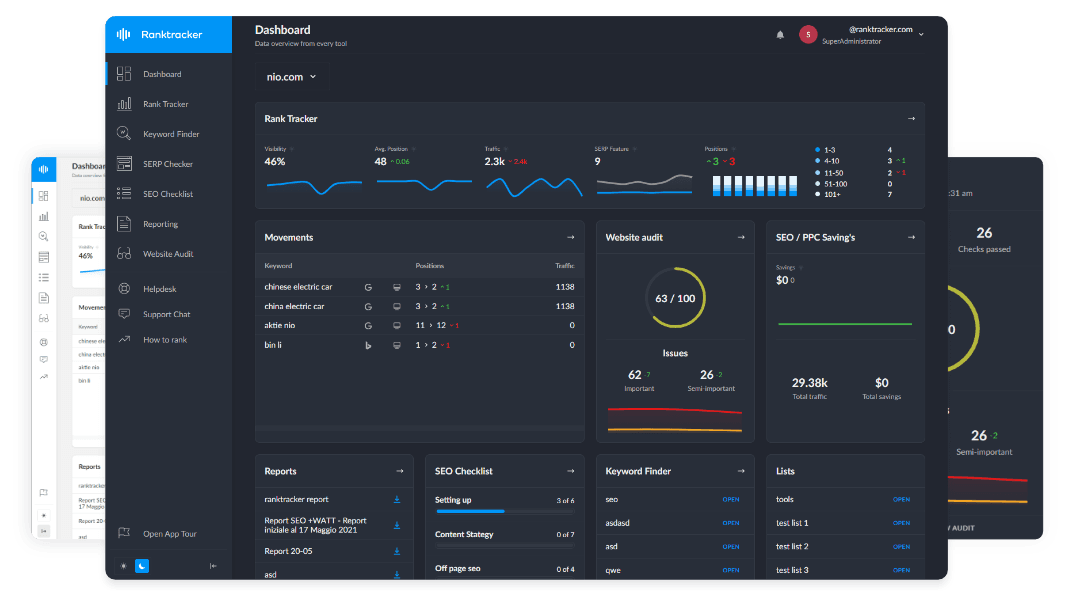Intro
Contextual hierarchy refers to the structured organization of content based on importance, relevance, and logical flow. It ensures that information is presented in a way that makes sense to both users and search engines, improving readability and discoverability.
Why Contextual Hierarchy Matters for SEO:
- Helps search engines understand content relationships and ranking signals.
- Strengthens internal linking and user navigation.
- Improves topical authority and keyword relevance.
How Search Engines Interpret Contextual Hierarchy
1. Content Structure & Heading Optimization
- Google prioritizes well-structured content that follows logical hierarchy.
- Example:
- H1: “Ultimate Guide to SEO”
- H2: “What is SEO?”
- H3: “Types of SEO (On-Page, Off-Page, Technical)”
2. Importance of Primary vs. Secondary Content
- Search engines assign more weight to main topics while recognizing supporting details.
- Example:
- A page on "Ecommerce SEO" should focus on primary elements like "Category Page Optimization," while secondary content may cover "Schema Markup for Ecommerce."
3. Internal Linking & Hierarchical Flow
- Content hierarchy ensures proper distribution of link equity and navigation clarity.
- Example:
- "SEO Basics" should link to "Keyword Research Guide," "On-Page SEO Techniques," and "Backlink Strategies."
4. Content Depth & Search Intent Alignment
- Google values in-depth content that satisfies user intent through structured hierarchy.
- Example:
- "Google Algorithm Updates" should be divided into "Core Updates," "Penalty Recovery," and "Historical Algorithm Changes."
How to Optimize Contextual Hierarchy in SEO
✅ 1. Structure Content Using a Clear Heading System
- Use H1 for the main topic, H2 for key sections, and H3-H4 for details.
- Example:
- H1: "The Future of SEO in 2024"
- H2: "How AI is Changing SEO"
- H3: "Machine Learning in Search Algorithms"
✅ 2. Strengthen Internal Linking & Navigation
- Link parent topics to subtopics for seamless user flow.
- Example:
- "Technical SEO Guide" should internally link to "Core Web Vitals," "Crawling & Indexing," and "Schema Markup."
✅ 3. Optimize for Semantic Relevance & Related Keywords
- Use semantic variations and related keywords to reinforce content hierarchy.
- Example:
- "Local SEO Strategies" should include "Google My Business Optimization," "NAP Consistency," and "Local Citations."
✅ 4. Implement Schema Markup for Content Hierarchy
- Use structured data to reinforce topic relationships.
- Example:
- "Best SEO Tools 2024" → Uses Product Schema for software comparisons.
✅ 5. Monitor & Adjust Based on Performance Metrics
- Use Google Search Console & Ranktracker to analyze how content is structured and indexed.
- Example:
- If "SEO Trends 2023" ranks well, update it as "SEO Trends 2024" with expanded subtopics.
Tools to Optimize Contextual Hierarchy in SEO
- Google Search Console – Identify content structure issues and ranking performance.
- Ranktracker’s SERP Checker – Analyze competitor content hierarchy.
- Ahrefs & SEMrush – Optimize internal linking and keyword distribution.
Conclusion: Structuring Content for SEO Success with Contextual Hierarchy
A well-planned contextual hierarchy enhances search visibility, content depth, and user engagement. By structuring content logically, strengthening internal linking, and optimizing for semantic relevance, websites can achieve higher rankings and better topical authority.

